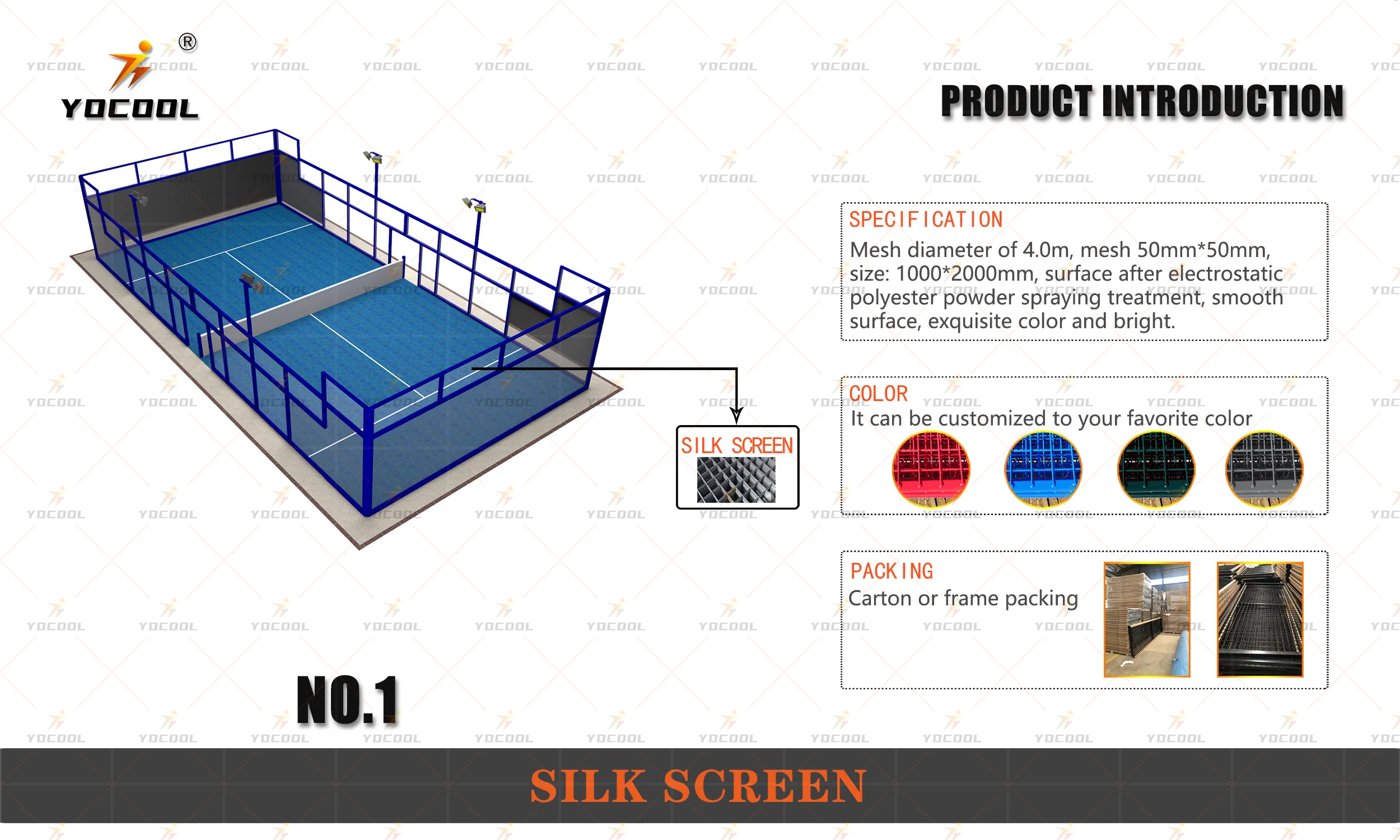

Comparing Racquetball and Tennis Two Dynamic Court Sports
Racquetball and tennis are both thrilling sports that provide an excellent workout and require agility, strategy, and skill. Each sport has its unique characteristics, rules, and appeal, making them popular choices among athletes and recreational players alike. This article will explore the differences and similarities between racquetball and tennis, shedding light on what makes each sport special.
Racquetball is played on an enclosed court, typically measuring 20 feet wide, 40 feet long, and 20 feet high. Players use a small, solid racket to hit a rubber ball against the front wall. The game can be played in singles or doubles format, with the objective of outmaneuvering opponents and making them unable to return the ball before it bounces twice. One of the distinctive features of racquetball is the use of the three walls and the ceiling for rebounding shots, which adds complexity and excitement to the gameplay.
In contrast, tennis is played on a larger, open court, divided into two halves by a net. The standard court dimensions for singles play are 27 feet wide and 78 feet long, while doubles courts are 36 feet wide. Players use a strung racket to hit a fuzzy ball over the net, aiming to land it in the opponent's court. Points are scored when the opposing player fails to return the ball, with various scoring systems and rules governing play, including serves, faults, and let serves.

Both sports require immense physical fitness, incorporating elements of speed, endurance, and coordination. However, the style of play and strategies employed differ significantly. Racquetball often emphasizes quick reflexes and strategic shot placement, utilizing the walls for defending and attacking. Conversely, tennis focuses more on shot variety, including serves, volleys, and baseline rallies, requiring players to have a broader range of skills.
Another notable difference lies in the equipment used. Racquetball players wield lighter, smaller racquets and use a bouncier ball, while tennis players use heavier racquets and a felt-covered ball. This difference affects the pace of the games, with racquetball generally being faster due to the smaller playing area and the dynamic nature of wall usage.
In conclusion, both racquetball and tennis offer exhilarating experiences and numerous health benefits. While they share the concept of racket sports, their distinct characteristics and styles make each sport a unique challenge. Whether you prefer the fast-paced, enclosed action of racquetball or the strategic, open play of tennis, both games promise a rewarding way to stay active and enjoy friendly competition.
High-Performance Industrial Flooring Solutions China Paddle Tennis Court for Sale
High-Performance Industrial Flooring Solutions Durable & Cost-Effective
Homogeneous Transparent Floor – Durable & Stylish Rubber Floor Solutions
Premium Homogeneous Transparent Floor for Durable & Stylish Spaces Rubber Floor Solutions
Premium Sports Floor Solutions Durable PVC Sports Floor & Rubber Floor for Gyms
Durable Rubber Composite Floor Premium Rubber Floor & Mats Solutions